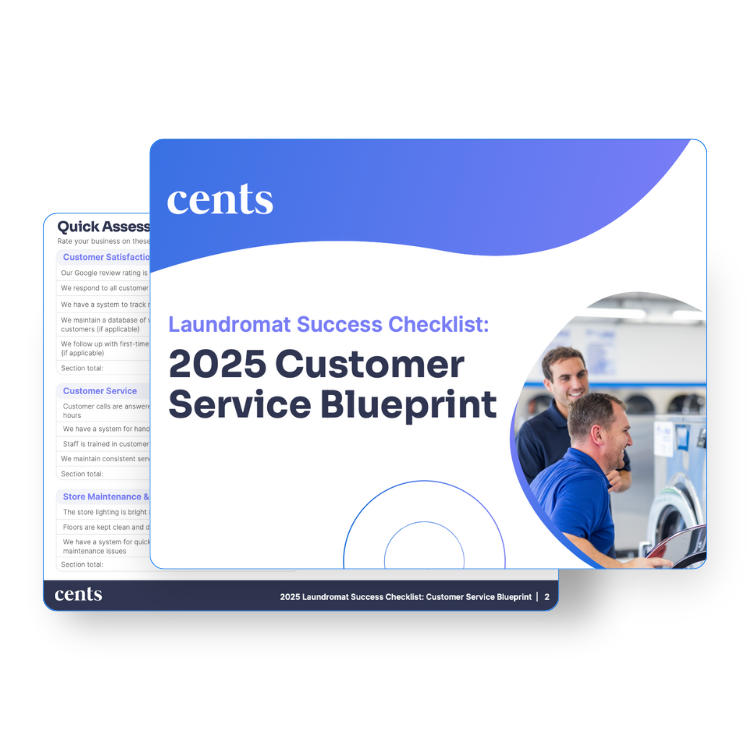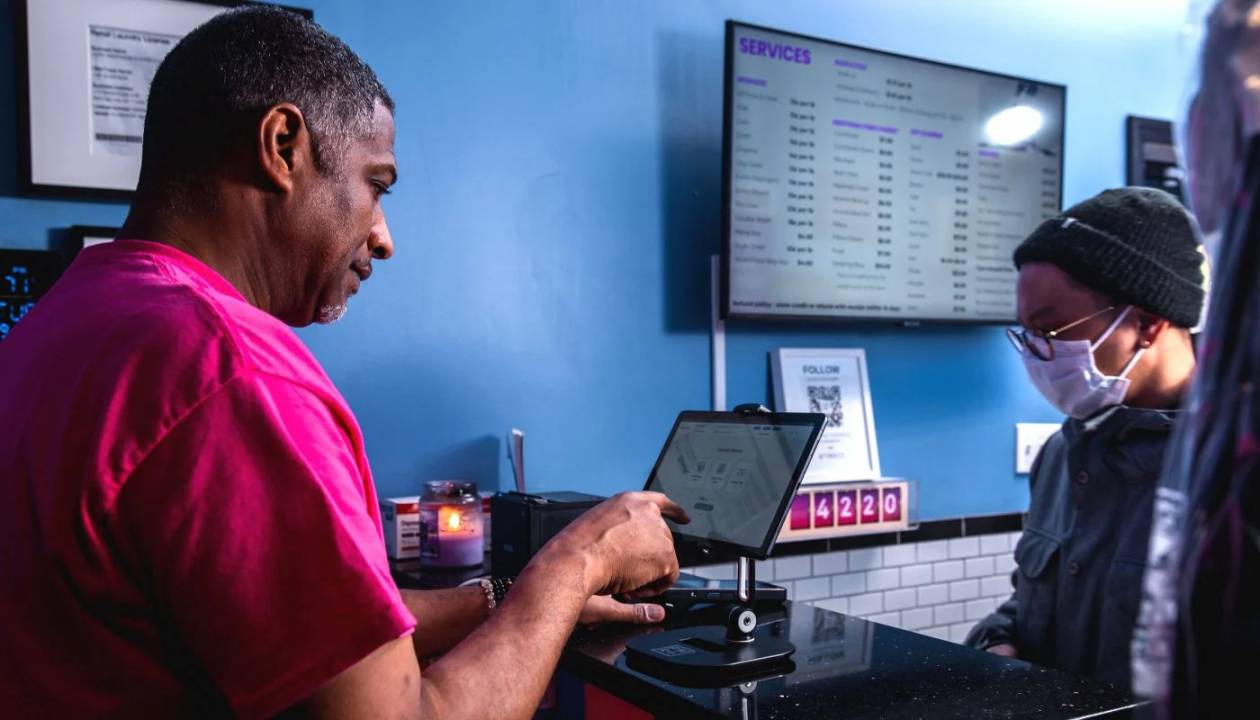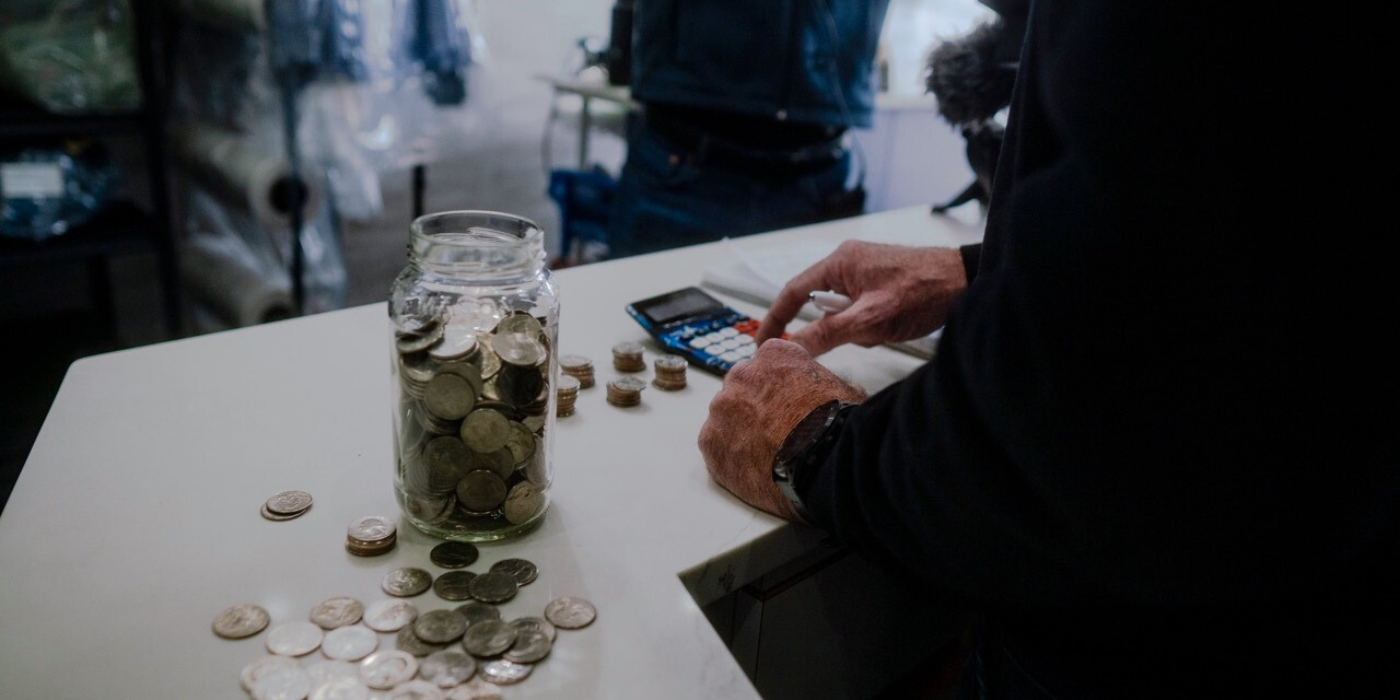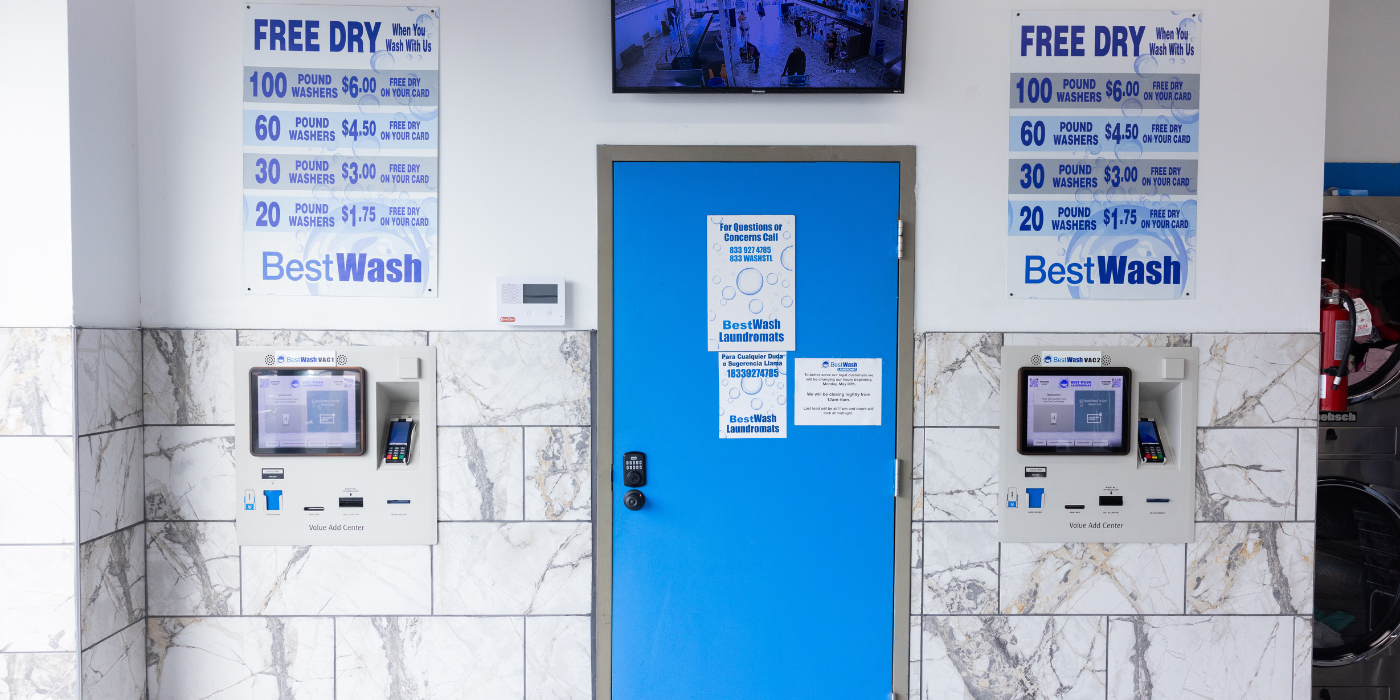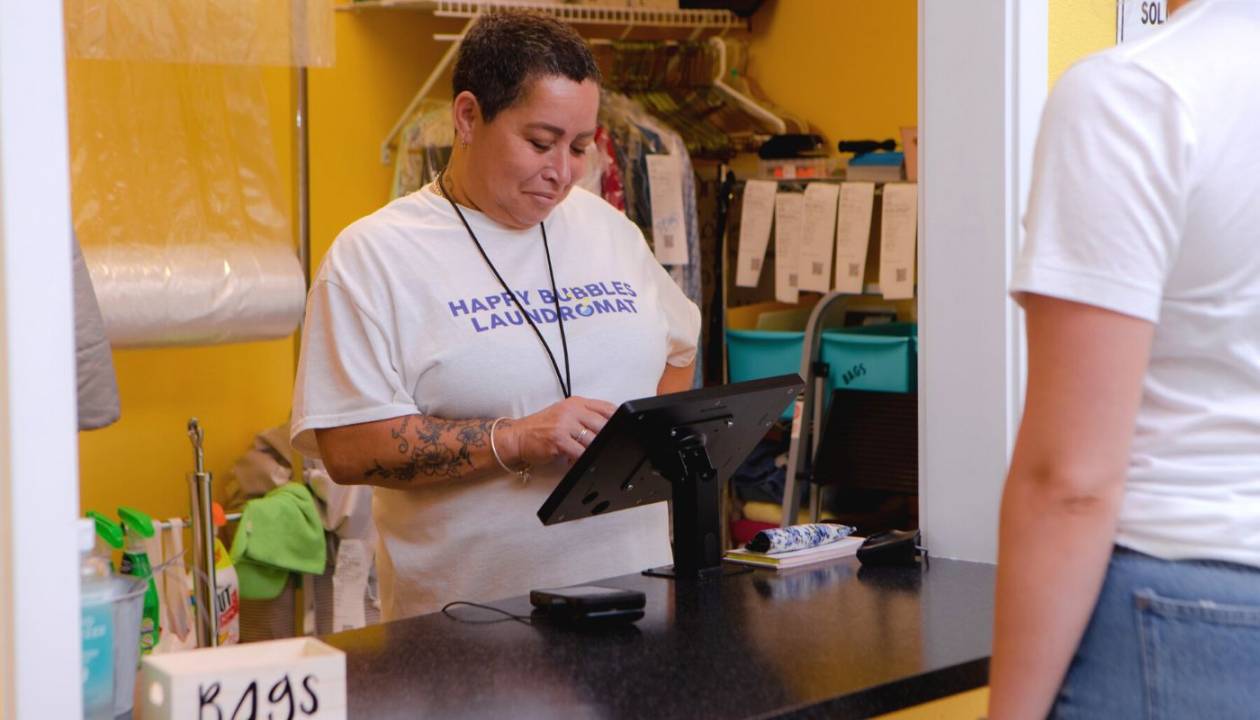Laundromats have over and over again proven to be excellent investments. With their attractive profit margins and high success rates, savvy investors have their eyes on this industry. By the same token, starting a laundry business can be a bit overwhelming due to the wide range of start-up capital needed and the due diligence required in being sure you’re making a sound investment.
When starting your foray in the laundry industry, it’s important to feel confident that it’s going to bring you adequate income. The cash nature of laundromats can make it difficult to know with reasonable certainty what the income truly is. Luckily, there are three primary strategies you can implement to verify a laundromat's income during due diligence. In this blog post, we'll explore strategies for how to verify laundromat revenue, discuss common challenges in the process, and suggest best practices—including digital tools—that can streamline your efforts and almost guarantee a sound investment.
For a worry-free laundromat buying process, download our comprehensive due diligence checklist, designed for investors just like you. This checklist covers all the essential bases involved in laundromat acquisition, so you have the peace of mind that you’re entering a profitable business decision.
Understanding laundromat business income streams
Today’s laundromats typically generate income through a variety of sources, primarily from washing and drying services, but also from ancillary services like wash-and-fold, pickup and delivery, specialty cleaning, vending machines, and café offerings. Each source contributes to a greater financial picture, which you need to understand fully when evaluating a potential investment. The simple way to get a holistic view of monthly income and costs is through these three methods:
1. Water analysis
The first way to verify a laundromat's income is to use a water analysis. Laundromats consist of various sized washing machines. For each size of washing machine, you'll need to determine how many gallons of water are used per wash cycle. Once you’ve calculated the water usage for each machine, find the average number of times each machine is used per day. With those two pieces of information and the vend price, you can find out the approximate income of the laundromat. The formula looks like this:

Once you’ve used this formula for each machine in the laundromat, add them together to get the total wash income. Multiply the total wash income by .35 (35%) to determine an approximate dryer income. This figure should be close to the reported income.
2. Coin collection
The second way to verify income is through a series of coin collections with the seller. The coin count process begins with both the buyer and seller meeting at the laundromat to collect all the coins from the machines, for a transparent start. After a predetermined number of days, you’ll reconvene to perform another collection. This cycle is usually repeated over two to six weeks. This method allows you to gather enough data to accurately estimate the monthly income and cross-verify it against the seller's reported earnings. If any discrepancies arise during this process, it's important to investigate and understand the source of these inconsistencies thoroughly. Depending on the findings, you may need to adjust your calculations, and possibly renegotiate the terms of the deal.
3. Paper trail
The third way to verify a laundromat's income is by reviewing the financial paper trail of the laundromat. If the seller uses a card system this will be a simple process. However, most laundromats still use coin collection as a payment method, at least in part. Other useful documents you can request to help you verify income are the business taxes and bank deposit statements. If the seller refuses access to this information, this raises some red flags. It’s not necessarily a deal-breaker, but it is a signal to proceed with caution and be extra diligent in studying the potential purchase.
Common challenges in income verification
Verifying income in a cash-based business is a challenge, but it’s not insurmountable if you know what the main challenges are (and how to find solutions around them)! In your due diligence process you may run into inaccurate reporting and incomplete records, which can obscure the true financial health of the business. This is most common in mom and pop shops that rely solely on traditional pen-and-paper tracking methods. This is why laundromats with digital tracking systems are highly recommended for accuracy and ease of management.
Here’s an in-depth look at the challenges of laundromat business income verification as well as strategic solutions:
Inaccurate reporting
-
Human error: Manual entry of sales and income data leaves a wide margin for error. Miscounted cash, incorrectly logged transactions, and overlooked income sources like detergent or service sales can skew the overall financial picture.
-
Intentional misreporting: Be wary of intentional underreporting of income for tax evasion purposes or over reporting to inflate the business’s value. This can lead to legal troubles or financial losses down the road.
Incomplete records
-
Lack of comprehensive data: This is a common concern with cash businesses because cash doesn’t automatically generate records. Without diligent record-keeping, significant sums of business operations may go undocumented. This includes unrecorded transactions from ancillary service, which in some businesses accounts for a large bulk of the revenue.
-
Periodic recording: In many cases, cash-based businesses might only update their records at the end of the day or even less frequently, which increases the likelihood of missing or forgotten transactions.
Pen-and-paper tracking
-
Vulnerability to damage or loss: Paper records can be damaged by wear and tear overtime. Even more likely, they can be misplaced, leading to permanent gaps in laundromat revenue tracking.
-
Difficulty in data retrieval: Gathering data from paper records is time-consuming. When you invest in a business with a paper trail, this becomes particularly inefficient during financial audits, tax season, or when trying to analyze business trends over time.
-
Scalability issues: As the business grows, continuing with pen-and-paper methods becomes simply unsustainable. If you’re serious about growing your business in the future, the volume of transactions will overwhelm traditional tracking methods.
The solution: transitioning to digital systems
More than likely, you’ll be shopping for a laundromat with financial tracking that’s stuck in the past. Given the challenges of cash businesses like laundromats, you should strongly consider transitioning to digital systems to modernize your new investment. Here are some digital upgrades that will transform your new laundry business from a historical monument to a customer-satisfaction revenue machine:
-
Automated record-Keeping: Digital systems automate the entry of transactions, reducing human error and ensuring that all transactions are recorded in real-time. This includes digital payment methods which automatically log every transaction.
-
Data security and backup: Digital records are more secure and can be backed up to the cloud, so data never gets lost and can be accessed from anywhere.
-
Enhanced data analysis: Digital tools offer analytics that can process large volumes of data to give you tailored insights into business performance, customer behavior, and operational efficiency.
-
Regulatory compliance: Digital systems help you keep your financial practices buttoned up and legal. They offer clear, traceable records that simplify tax season and legal inspections.
-
Scalability: As your business expands, digital systems can easily scale to handle increased volumes of transactions without having to hire additional staff or compromise on accuracy.
Your seller may not have implemented these modern measures, but as a future laundromat owner, you have the power to launch your business into the future to meet today’s customer expectations and drive more profitable revenue than ever before.
Best practices for verifying (and tracking) income
Verifying income is a non-negotiable step in shopping for a laundromat. Tracking finances post-sale is equally, if not more, important! Here are the best practices for getting and keeping a keen eye on laundromat finances from pre-sale to post.
Utilize multiple verification methods
Relying on a single method for income verification can lead to incomplete insights. Remember those three methods for verification you learned earlier? We recommend doing all three for a multifaceted, diligent approach:
-
Water analysis
-
Coin collection
-
Paper trail
Combining these methods provides a cross-validated approach that strengthens your confidence in the financial data provided by the seller.
Incorporate digital tools
Transitioning from manual to digital tracking can significantly enhance the accuracy and efficiency of income verification:
-
Automation software: Tools like Cents offer automation capabilities that simplify the management of income streams.
-
Digital payment systems: Implementing card systems or mobile payment options at your laundromat can help in digitizing the income streams, providing a live feed of income data that is less prone to manipulation or loss.
-
Cloud-based financial management: Use cloud-based accounting software to maintain and access financial records securely from anywhere.
Perform regular audits
Once the sale is complete and your business is underway, schedule regular audits to maintain the integrity of your laundromat revenue tracking:
-
Schedule periodic reviews: Establish a routine to audit the financial records of the laundromat. These audits should cross-reference the digital records with physical counts and water usage data to ensure all income is accounted for.
-
Hire external auditors: Occasionally bringing in third-party auditors can provide an unbiased review of your business’s financial practices. External audits help in identifying potential discrepancies or areas of improvement that internal reviews might overlook.
-
Continuous monitoring: Implement continuous monitoring systems that alert you to unusual transactions or deviations from typical income patterns. Early detection of potential issues allows for quicker resolution and helps prevent larger discrepancies.
A comprehensive approach to verifying laundromat income
The journey to buying a laundromat has its fair share of challenges that demand fine attention to detail and the adoption of modern solutions. By using the proven verification techniques you’ve learned and implementing digital tools, you can drive the sustainable growth of your business for years to come!
For a worry-free laundromat buying process, download our comprehensive due diligence checklist, designed for investors just like you. This checklist covers all the essential bases involved in laundromat acquisition, so you have the peace of mind that you’re entering a profitable business decision.
.png)

-3.png)

